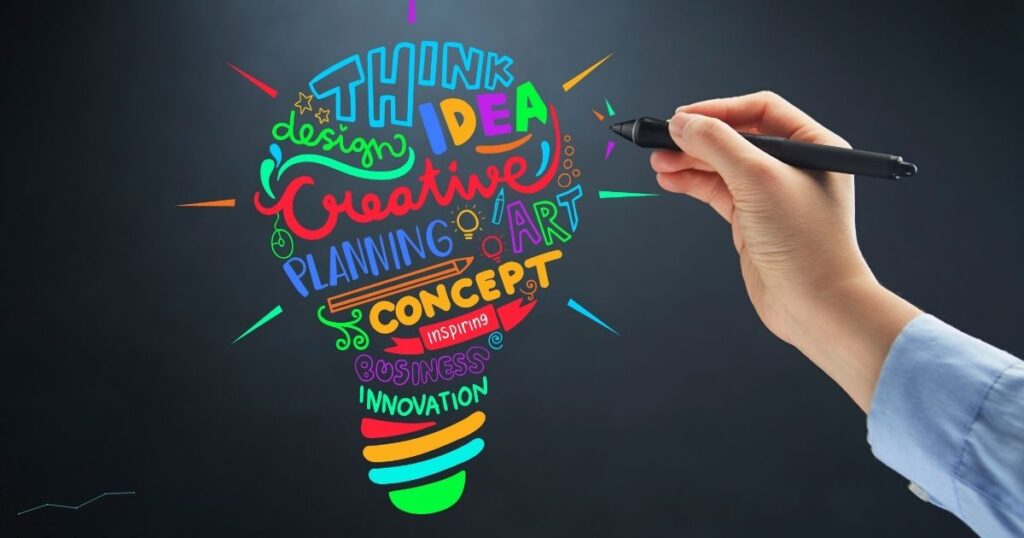
Leverage Lessons from History
Consider the legacy of King Sejong the Great of Korea, a ruler renowned for his profound impact on Korean culture and language. Faced with the challenge of high illiteracy rates among common people who could not understand the complex Chinese characters used by the elite, Sejong initiated the creation of Hangul, a simple and efficient alphabet. This new script was specifically designed to be easy to learn, drastically increasing literacy rates and empowering his people.
Like King Sejong, your goal is to leverage historical lessons to enhance your own learning and leadership. History is not just a series of dates and events; it’s a reservoir of experiences, strategies, and insights waiting to be tapped. 1
These lessons can guide modern practices and innovation, providing timeless wisdom on overcoming challenges and leading effectively.
However, many professionals overlook historical lessons, focusing only on new trends and technologies. This oversight can lead to missed opportunities for learning from the past’s rich examples, which can offer proven strategies and warnings against repeating past mistakes.
History is packed with examples of leadership, innovation, and problem-solving that are incredibly relevant today.
King Sejong’s approach wasn’t just about creating an alphabet; it was about understanding and addressing the actual needs of his people. His success came from applying a deeply thoughtful solution tailored to the specific context of his era.
To truly benefit from history, adopt a mindset that values historical insights as much as contemporary ones. Start integrating lessons from the past into your learning strategy. Analyze how historical leaders navigated their challenges, adapted to change, and innovated in the face of adversity.
Begin by selecting a historical figure who resonates with your professional challenges. Study their life, decisions, and outcomes. Write down key insights and draw parallels to your current situations. Ask yourself: How would Sejong tackle this problem? What can I apply from his strategy to my own learning and leadership?
This method will not only deepen your understanding but will also broaden your strategic thinking, allowing you to craft more informed and innovative solutions.
- I learned much from Rizal. One is to write by hand. ↩︎



